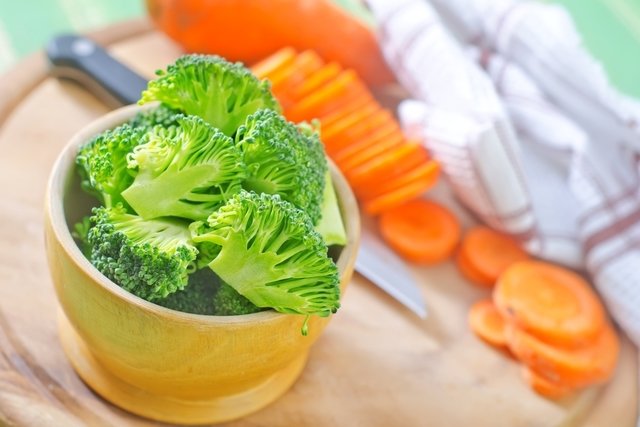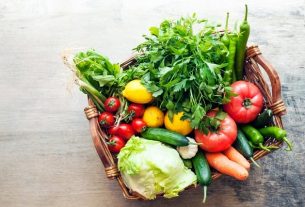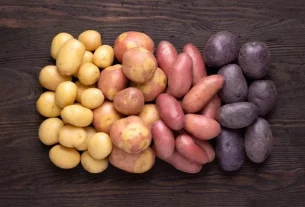Zeaxanthin is a carotenoid very similar to lutein, which gives an orange-yellow pigmentation to foods, being essential to the body, as it is not capable of synthesizing it, and can be obtained through ingestion of foods, such as corn, spinach, kale , lettuce, broccoli, peas and eggs, for example, or supplementation.
This substance has numerous health benefits, such as preventing premature aging and protecting vision from external agents, for example, which is due to its antioxidant properties.

What are the health benefits
Due to its antioxidant properties, zeaxanthin has the following health benefits:
1. Prevention of cardiovascular diseases
Zeaxanthin prevents atherosclerosis, as it prevents the accumulation and oxidation of LDL (bad cholesterol) in the arteries, reducing the risk of cardiovascular diseases.
2. Contributes to healthy vision
Zeaxanthin protects the eyes from damage caused by free radicals, as this carotenoid, as well as lutein, are the only ones that are deposited in the retina, being the main components of the macular pigment, protecting the eyes from UV rays emitted by the sun, as well as the blue light emitted by devices such as computers and cell phones.
For this reason, zeaxanthin also contributes to the prevention of cataract formation, diabetic retinopathy and age-induced macular degeneration, and helps to alleviate inflammation in people with uveitis.
3. Prevents skin aging
This carotenoid helps protect the skin from ultraviolet damage from the sun, preventing premature aging, improving its appearance, and preventing skin cancer.
Furthermore, it also helps to prolong the tan, making it more beautiful and uniform.
4. Helps prevent certain diseases
The antioxidant action of zeaxanthin also protects DNA and stimulates the immune system, contributing to the prevention of chronic diseases and some types of cancer. Additionally, it also helps reduce inflammation due to its ability to lower inflammatory markers.
Foods rich in zeaxanthin
Some foods rich in lutein are kale, parsley, spinach, broccoli, peas, lettuce, Brussels sprouts, melon, kiwi, orange, grapes, peppers, corn and eggs, for example.
The following table lists some foods with zeaxanthin and their respective quantities:
It is important to note that fat increases the absorption of zeaxanthin, so adding a little olive oil or coconut oil to cooking can increase its absorption.
Supplements with zeaxanthin
In some cases, it may be advisable to supplement with zeaxanthin, if your doctor or nutritionist recommends it. Generally, the recommended dose of zeaxanthin is 2 mg per day, however, it is important to note that, in some cases, the doctor may recommend a higher dose, as is the case for smokers, for example.
Some examples of supplements with this carotenoid in their composition are Totavit, Areds, Cosovit or Vivace, for example, which in addition to zeaxanthin may contain other substances in their composition, such as lutein, and certain vitamins and minerals. Also discover the benefits of lutein.
Bibliography
- SCIENCE DIRECT. Zeaxanthin. 2009. Disponível em: <https://www.sciencedirect.com/topics/agricultural-and-biological-sciences/zeaxanthin>. Acesso em 17 ago 2020
- AMERICAN MACULAR DEGENERATION FOUNDATION. Zeaxanthin for Preventing Macular Degeneration. Available at: <https://www.macular.org/zeaxanthin>. Accessed on Aug 17, 2020
- SEIXAS Daniela. Bioactive Compounds in Food. 1st. São Paulo: VP Editora, 2015. 30-50.
- PINTO John. Nutraceuticals and functional foods. 1st. Portugal: LIDEL, 2014. 35-36.

Sign up for our newsletter and stay up to date with exclusive news
that can transform your routine!
Warning: Undefined array key "title" in /home/storelat/public_html/wp-content/plugins/link-whisper-premium/templates/frontend/related-posts.php on line 12
Warning: Undefined array key "title_tag" in /home/storelat/public_html/wp-content/plugins/link-whisper-premium/templates/frontend/related-posts.php on line 13




